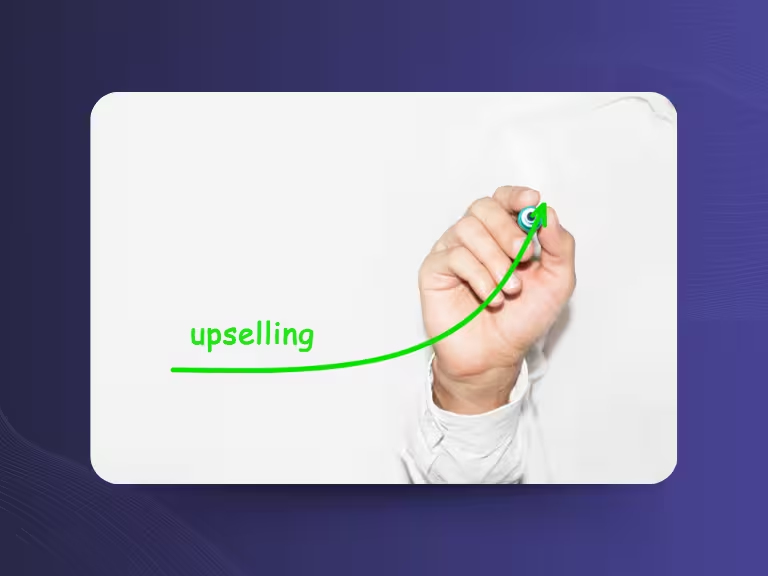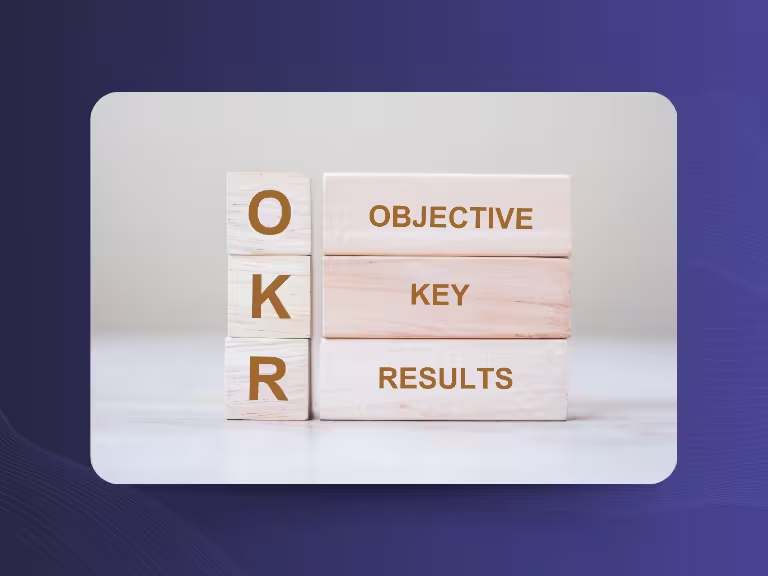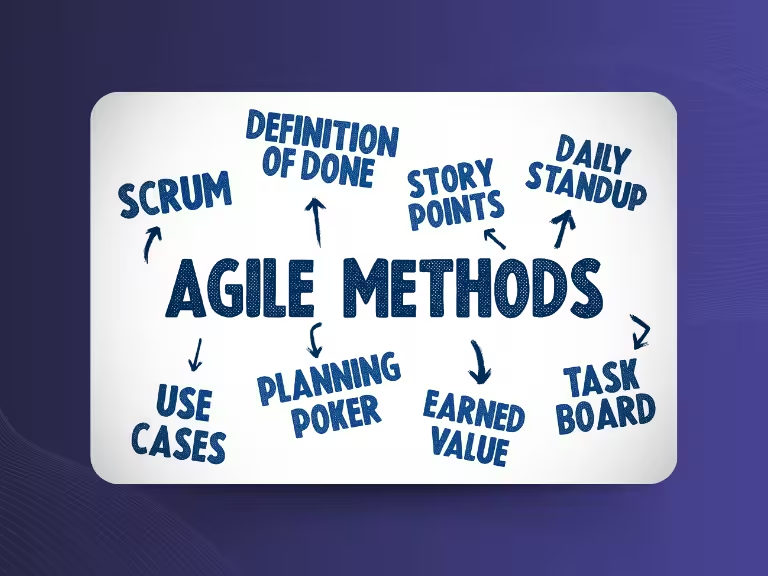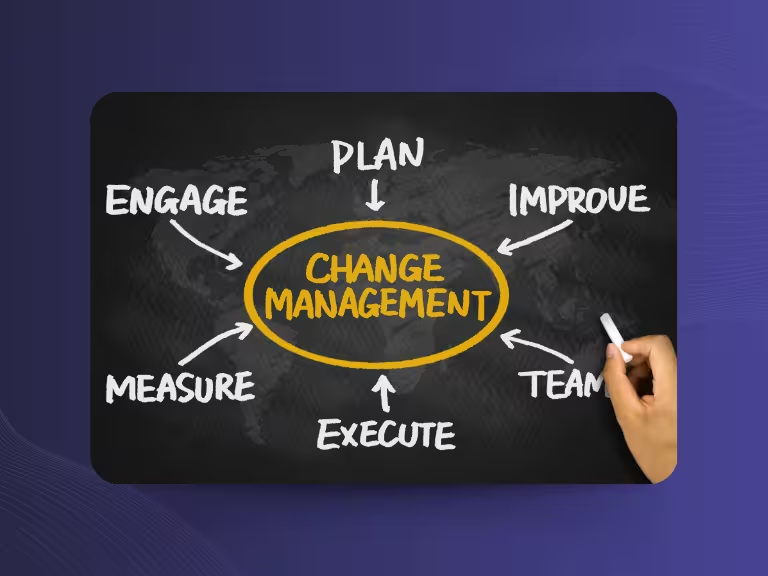Fundamental Principles of Upselling: Understanding Customer Needs and Building Trust
Upselling is more than just selling more expensive products – it's the art of providing customers with genuine value while simultaneously increasing revenue. In an era where customers are oversaturated with advertising messages and sales attempts, a customer-oriented approach to upselling strategies is becoming increasingly important. Successful companies understand that sustainable upselling is built on the foundation of trust and precise understanding of customer needs.
This article will show you practical techniques, psychological insights, and modern technological tools that will help you design your upselling strategies successfully. The focus is not only on short-term revenue increases, but on building long-term customer relationships that benefit both your business and your customers.
Customer Needs as the Foundation for Upselling
The key to successful upselling lies in the precise analysis of your customers. Studies show that personalized upselling recommendations achieve up to 350% higher click-through rates than generic offers. This means: "one-size-fits-all" no longer works.
Effective customer analysis begins with segmenting your target audience. Use sales data, feedback, and interaction patterns to identify different customer types. A software company, for example, could differentiate between small business owners looking for cost-effective basic solutions and medium-sized companies needing advanced features for their growth.
Direct customer feedback is particularly valuable. Regular surveys, support conversations, and analysis of usage patterns give you insights into your customers' actual needs. This data forms the basis for tailored upselling offers that create genuine value.
Trust Building as the Key to Success
Trust is the currency in the upselling business. Customers are more likely to buy on recommendation and with a positive customer relationship. Authenticity and transparency are crucial here. Instead of using aggressive sales tactics, you should position yourself as a consultant who has the customer's best interests in mind.
An example of trust-building communication: "Based on your current usage, the Premium package could help you increase efficiency by 30%. Let's look together at whether this makes sense for your situation." This approach shows that you consider the customer's individual circumstances.
The risks of pushy upselling should not be underestimated. Customers who feel pressured will not only reject the upselling offer but may also reconsider their entire business relationship. Long-term customer loyalty is more valuable than short-term revenue increases.
Practical Upselling Techniques: Designing Product Offers Effectively

Suitable Upgrade Options and Product Bundles
The "Good-Better-Best" principle is a proven upselling strategy that offers customers clear choices. By providing three options, you direct attention to the middle option, which often represents the best compromise between price and performance.
Product bundles create additional value through intelligent combinations. An example: A software company could bundle its main product with training, premium support, and additional integrations. The customer receives comprehensive service at an attractive total price.
Limited-time offers and exclusive discounts increase purchase readiness. "Upgrade now and save 20% – offer valid only this week" uses the principle of scarcity and creates urgency. It's important that such offers appear authentic and not manipulative.
Highlighting Benefits – Clearly Communicating Value
Customers don't buy products – they buy solutions to their problems. Therefore, you should focus your upselling communication on benefits, not on technical specifications or prices. Instead of "Our Premium package costs €50 more" you say: "With the Premium package, you save 5 hours per week and can focus on what matters most."
Emotional appeal strengthens the impact of your message. Storytelling can help make the added value tangible. Tell stories about other customers who have experienced concrete benefits from the upgrade: "Customer X was able to increase their revenue by 25% through the extended package while gaining time for strategic projects."
Use benefit-oriented formulations that directly address your target group's needs. "More security for your data," "Faster processing of your projects," or "Access to exclusive features" appeal to customers' desires more directly than technical details.
Psychology and Technology in Upselling: Understanding and Leveraging Success Factors
Strategically Using Psychological Purchase Triggers
Behavioral economics provides valuable insights for successful upselling strategies. The principle of loss aversion states that people respond more strongly to potential losses than to possible gains. "Don't miss the chance for extended features" often works more effectively than "Gain additional features."
Fear of Missing Out (FOMO) is another powerful psychological lever. Limited availability or time-limited offers create urgency. The key is balance: the scarcity should be authentic and not manipulative.
Social proof significantly increases purchase readiness. "Over 80% of our customers choose the Premium package" or customer reviews and testimonials show that others have already had positive experiences. This social validation reduces the customer's sense of risk.
Price psychology plays a crucial role. Anchor prices influence perception: if you first present the most expensive package, the middle option appears more attractive. The presentation of price-performance ratios can also influence the decision: "Only €2 per day for premium features" seems more affordable than "€720 per year."
Efficiently Using Modern Technical Tools
CRM systems are the heart of modern upselling strategies. They collect and analyze customer data to create personalized offers. By evaluating purchase history, interaction patterns, and preferences, automated upselling recommendations can be generated.
AI-powered product recommendations are revolutionizing upselling. Algorithms analyze the behavior of similar customers and suggest suitable upgrades. E-commerce giants like Amazon have shown how effective this technology can be – a significant portion of their revenue comes from automated recommendations.
Chatbots and marketing automation tools enable scalable upselling processes. They can automatically approach customers based on their behavior and make personalized offers. A customer who regularly uses certain features could be automatically informed about suitable upgrades.
Tools like Sally can help document and analyze customer conversations. Through automatic transcription and summarization of sales conversations or customer meetings, you gain valuable insights into customer needs that you can use for future upselling strategies.

Sustainable Upselling: Long-term Customer Retention and Ethical Aspects
Upselling as Part of a Holistic Customer Retention Program
Successful upselling strategies aim for recurring revenue through continuous value creation. Instead of forcing one-time sales, you should view upselling as part of a comprehensive customer retention program. Customers who derive genuine benefit from their upgrades become loyal ambassadors for your company.
A sustainable upselling concept could look like this: After the first upgrade, you actively accompany the customer during implementation and help them achieve maximum benefit. Regular check-ins and proactive support show that you're interested in their success.
Companies that actively and ethically integrate upselling increase revenue per customer by an average of 15-25%. This increase doesn't come from aggressive sales tactics, but from genuine value and long-term customer relationships.
Ethics in Upselling – Balancing Benefit and Pushiness
Ethical upselling is based on the principle of voluntariness and transparency. As behavioral researcher Richard Thaler aptly puts it: "Upselling works when it helps customers make better decisions – not when it manipulates them."
Customer-oriented upselling requires recognizing and respecting boundaries. If a customer shows repeated interest in an upgrade but isn't ready to buy, you should respect this decision. Continuous sales attempts can lead to customer frustration and damage the relationship.
Transparency in communication is crucial. Customers should always understand what they're getting for their money and why an upgrade makes sense for them. Hidden costs or misleading promises destroy trust and harm long-term business relationships.
The balance between business success and customer satisfaction is the key to sustainable upselling. When your customers benefit from the upgrade and are satisfied, they will not only make additional purchases themselves but also provide recommendations.
Conclusion: Effectively Implementing Upselling Strategies and Profiting Long-term
Successful upselling is a combination of customer understanding, strategic communication, and technological support. The foundation is always trust in your customers and a genuine understanding of their needs. Only when you view upselling as an opportunity to provide more value to your customers will you be successful in the long run.
The key success factors are: clear, benefit-oriented communication that considers psychological purchase patterns, uses modern technologies for personalization and automation, and always follows ethical principles. Companies that follow these principles can not only increase their revenue but also build sustainable customer relationships.
Start with analyzing your current customers and their needs. Based on this, develop suitable upgrade options and test different communication approaches. Use modern tools for automation and personalization, but never lose sight of the human aspect. Successful upselling is ultimately a matter of trust and authenticity – qualities that no technology can replace.
Glossary – Important Terms Briefly Explained
Upselling: Sales technique where customers are offered higher-value or extended versions of a product or service.
Cross-selling: Sale of complementary products or services to an already purchased item.
Conversion Rate: Ratio between visitors and actual buyers, expressed as a percentage.
Customer Retention: Measures to strengthen the relationship between company and customers to promote loyalty and repeat purchases.
CRM: Customer Relationship Management – systems for managing and analyzing customer relationships and data.

Test Meeting Transcription now!
We'll help you set everything up - just contact us via the form.
Test NowOr: Arrange a Demo Appointment





